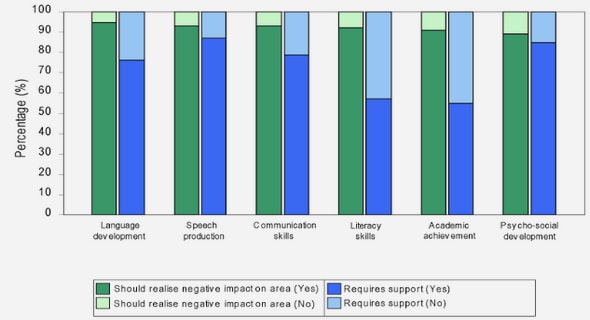(Downloads - 0)
For more info about our services contact : help@bestpfe.com
Table of contents
Part I: State of the art
1 HYDROLOGY OF MEDITERRANEAN CATCHMENTS: A REVIEW
1.1 Introduction
1.1.1 The Mediterranean as a focus of research
1.1.2 Objectives of the review
1.2 The Mediterranean region
1.2.1 Boundary of the Mediterranean region
1.2.2 Physical characteristics of the Mediterranean region
1.3 Review extent and database
1.3.1 Review information
1.3.2 Annual water balance studies
1.3.3 Rainfall-Runoff event-based studies
1.3.4 Drought studies
1.4 hydrological response characteristics
1.4.1 Annual water balance studies
1.4.2 Rainfall-runoff event-based studies
1.4.3 Drought studies
1.5 Objectives and methods of hydrological studies
1.5.1 Annual water balance studies
1.5.2 Rainfall-runoff event-based studies
1.5.3 Drought studies
1.6 Discussion and perspectives
1.6.1 Can we identify regional patterns in the Mediterranean?
1.6.2 What is required to model Mediterranean catchments?
1.6.3 What are the main challenges for future research in the Mediterranean?
Part II: Lebanese catchments characteristics and data analysis
2 GEOGRAPHICAL CHARECTERISTICS AND DATA ANALYSIS
2.1 Introduction
2.2 Study area and data
2.2.1 Land cover/use
2.3 Methodology
2.4 Results and Discussions
2.4.1 Morphometry
2.4.2 Geology and Karst
2.4.3 Soils
2.4.4 Land cover/use
2.5 Conclusion
3 CLIMATIC CHARACTERISTICS AND DATA ANALYSIS
3.1 Introduction
3.2 Climatic change impact over Lebanon
3.3 Dataset
3.4 Climatic characteristics of Lebanon
3.4.1 Precipitations
3.4.2 Temperatures and reference evapotranspiration
3.5 Spatial interpolation of precipitation
3.5.1 Methodology
3.5.2 Results and Discussions
3.6 Conclusion
4 HYDROLOGICAL CHARATERISTICS AND DATA ANALYSIS
4.1 Introduction
4.2 Dataset
4.3 Methodology
4.4 Results and discussions
4.4.1 Mean annual discharge, runoff and runoff ratio
4.4.2 Distribution of monthly runoff
4.4.3 Distribution of daily discharge
4.4.4 Maximum specific daily discharges
4.5 Conclusion
5 LEBANESE CATCHMENTS IN THE MEDITERRANEAN
5.1 Introduction
5.2 Materials and Methods
5.3 Annual water balance
5.4 Rainfall-runoff events characterization: Rainfall and flood response
5.4.1 Selected Rainfall-Runoff events
5.4.2 Rainfall amount and duration
5.4.3 Unit maximum daily discharge
5.4.4 Runoff ratio
5.5 Conclusion
Part III: Classification and Modeling
6 CLASSIFICATION OF LEBANESE CATCHMENTS
6.1 Introduction
6.2 Materials and Methods
6.3 Results and Discussions
6.3.1 Catchment classification
6.3.2 Physically similar catchments
6.3.3 Hydrologically similar catchments
6.3.4 Physical similarity Vs hydrological similarity
6.4 Conclusions
7 MODELING THE HYDROLOGICAL RESPONSE OF LEBANESE CATCHMENTS .
7.1 Introduction
7.2 Methodology
7.3 Results and Discussions
7.3.1 GR2M modeling Results
7.3.2 Regionalization
7.3.3 GR2M Results by group of similar catchments
7.3.4 GR2M simulation analysis
7.4 Conclusions
GENERAL CONCLUSIONS
AND PERSPRCTIVES
REFERENCES

